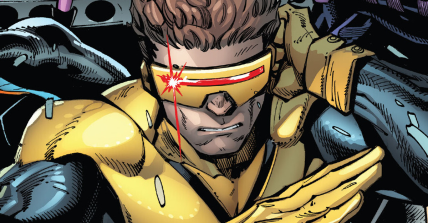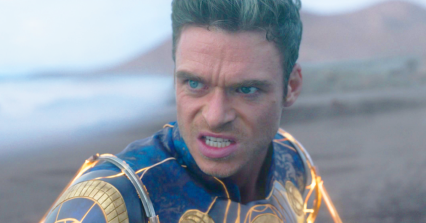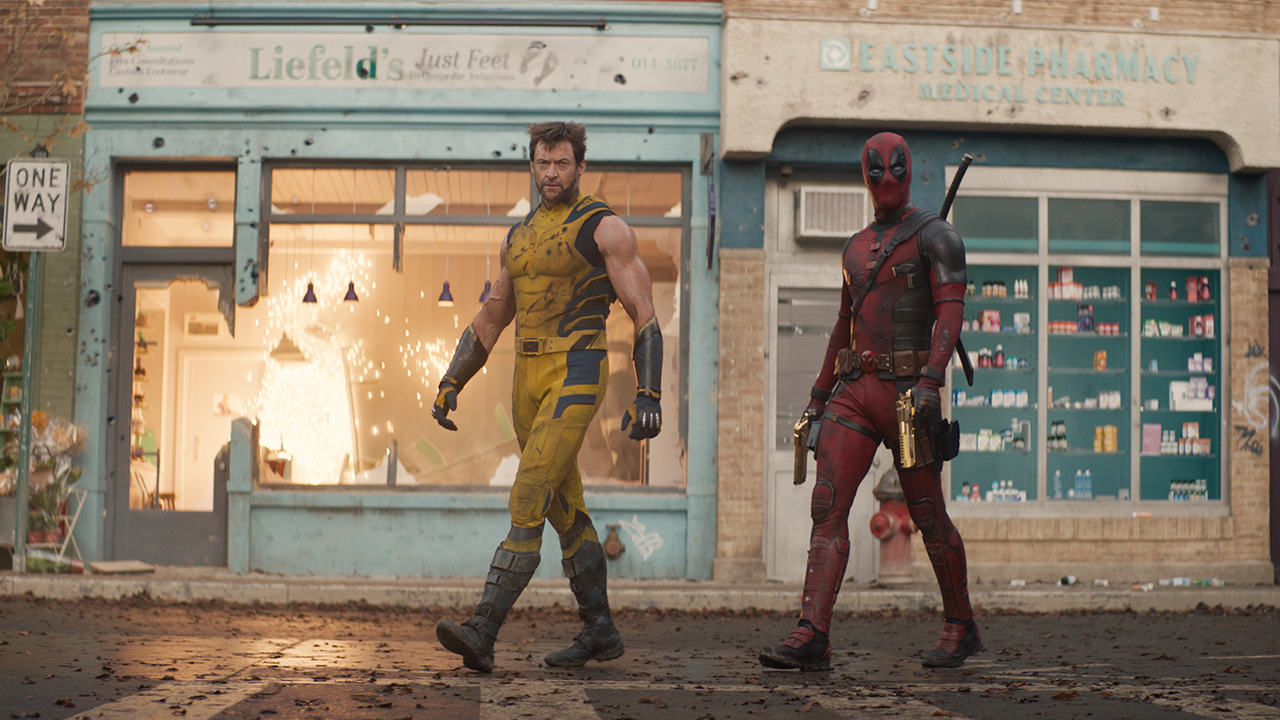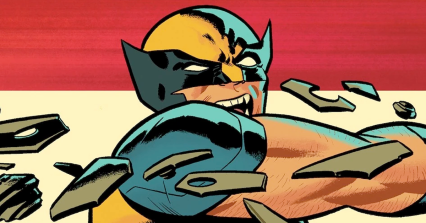Battaglia’s Drawing Board: What’s The Comic Book Industry Anyway? Why Isn’t Anyone Talking About Frank Miller’s ‘Ronin: Book II’?

Every time the internet conversation turns to ‘comics are dying’ I am at a loss as to what people are talking about. Is it the medium? Is it a specific publisher? A genre? A business model? All of the above? It’s such a broad topic with almost infinite angles, and everyone has their own diagnosis and varied prescriptions.
From my internet arm chair, I feel like most of it is a reflection of the direct market and the major American publishers’ perceived financial health in said market. I haven’t been a ‘Wednesday warrior’ in a long time and, beyond following a few specific artists, I haven’t been a regular Marvel or DC reader since Garth Ennis wrapped his Punisher run in 2009.
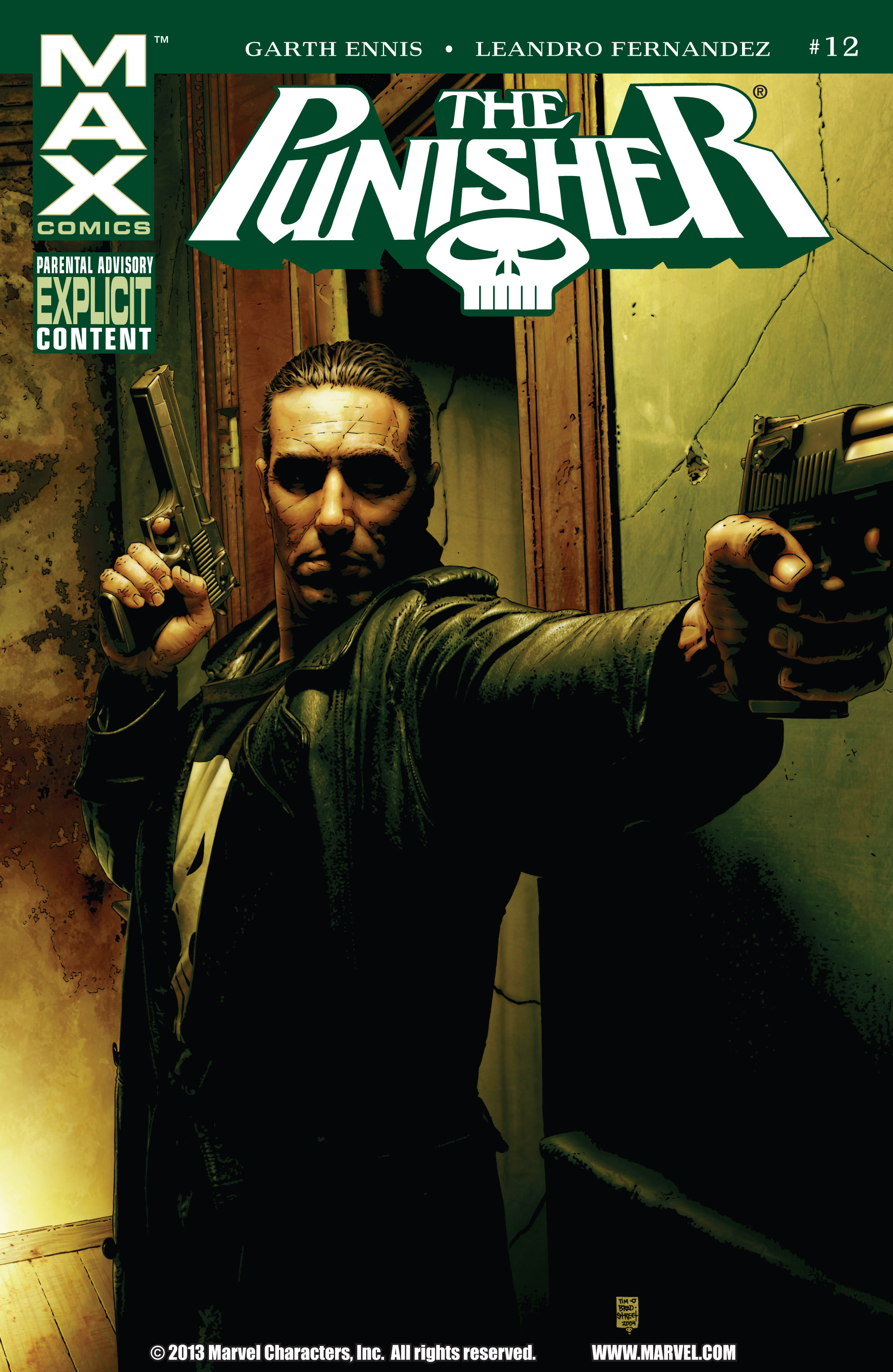
This being my column, here’s my assessment of the situation.
A large part of this being that many of the premiere characters have arcs or graphic novels that are definitional and once you read those few collections — there’s not much else worth doing with those characters.
Occasionally an artist can find a new angle that’s worthwhile — my mind goes to Daniel Warren Johnson’s Wonder Woman and Beta Ray Bill runs, Sean Gordon Murphy has found success with his Batman: White Knight niche, DC’s had a few hits for me with their Black Label line, The Question, the aforementioned Wonder Woman: Dead Earth, Miller and JR JR’s Superman: Year One (I will simp for Miller & JR JR forever) — but from my vantage point of the outside looking in — much of the Marvel and DC output looks to be rudderless, they can change aesthetics and try to change characters to get a news bump, but there doesn’t seem to be all that much excitement around the books.

Even at Image there doesn’t appear to be the palpable excitement around new creator-owned series (the Energon Universe notwithstanding, but that isn’t exactly ‘creator-owned’). I’m sure part of it is that I’m not following things as much as I used to; all the longer-running ‘blockbuster’ series that I can think of have wrapped, including East of West, Deadly Class, Invincible, The Walking Dead, Southern Bastards (which had it’s own issues with delays), and Sex Criminals (also killed by delays).
Saga still is running (did that recover to pre-hiatus levels, though?); I wonder how a series like Firepower is going (I enjoyed the first arc and I love Samnee’s art, but it’s not something that I’m going to be a monthly reader on); Brubaker and Phillips continue to do their thing and I will always buy their new releases; I’ve been reading Chris Condon and Jacob Phillips’ That Texas Blood, which is great; and Declan Shalvey’s Old Dog was another enjoyable read, but I know he’s torn between that and Marvel work.
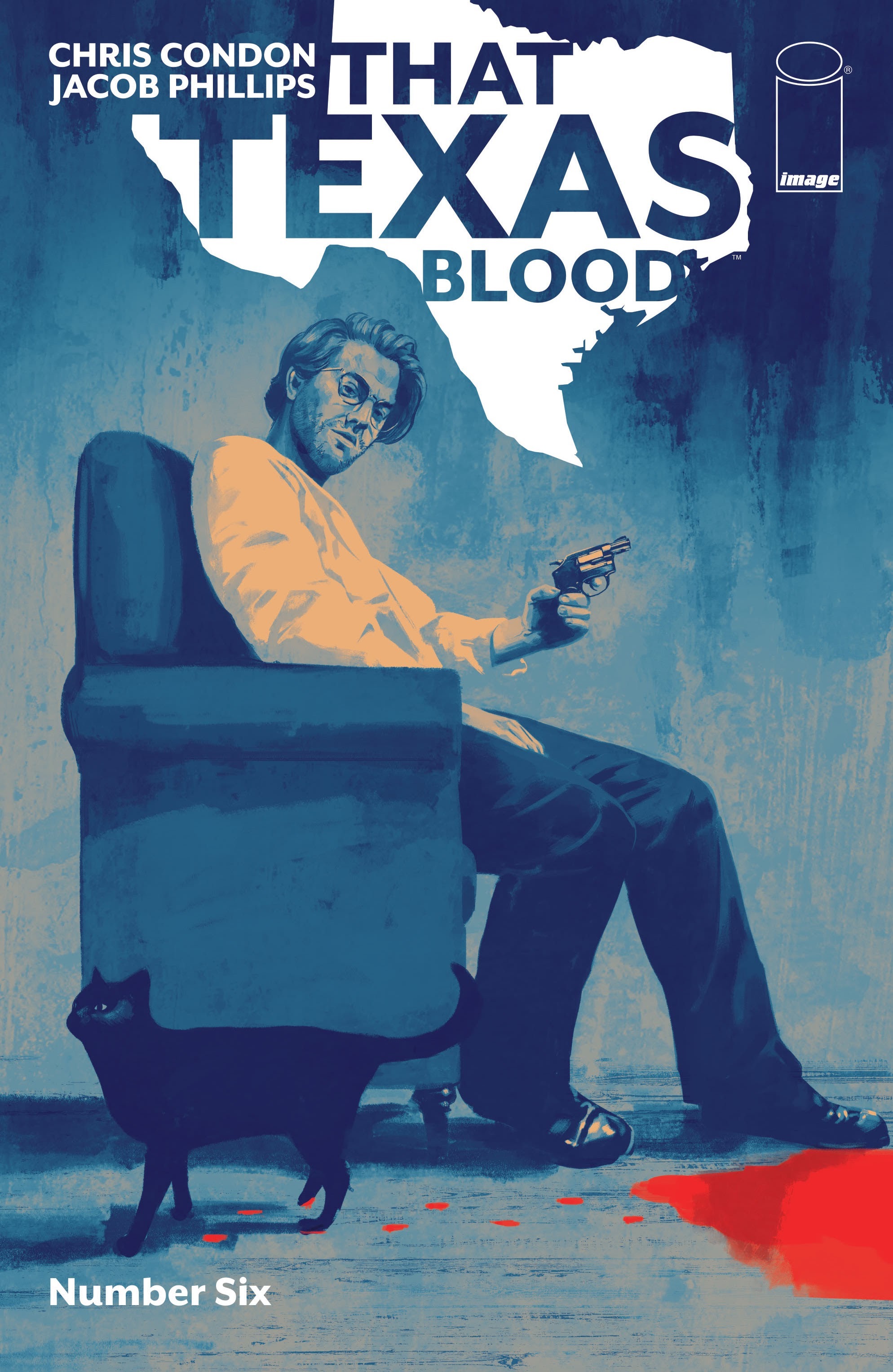
Image’s biggest hit appears to be Daniel Warren Johnson’s take on Transformers — which is excellent, by the way, and you should pick up his previous creator owned books too; they’re all great.
However, while I love what he’s doing with the title (as someone whose first comics were the Transformers Generation 2 books), it’s a bit of a shame that the hottest title is a licensed property at the foremost ‘creator owned’ comics publisher.
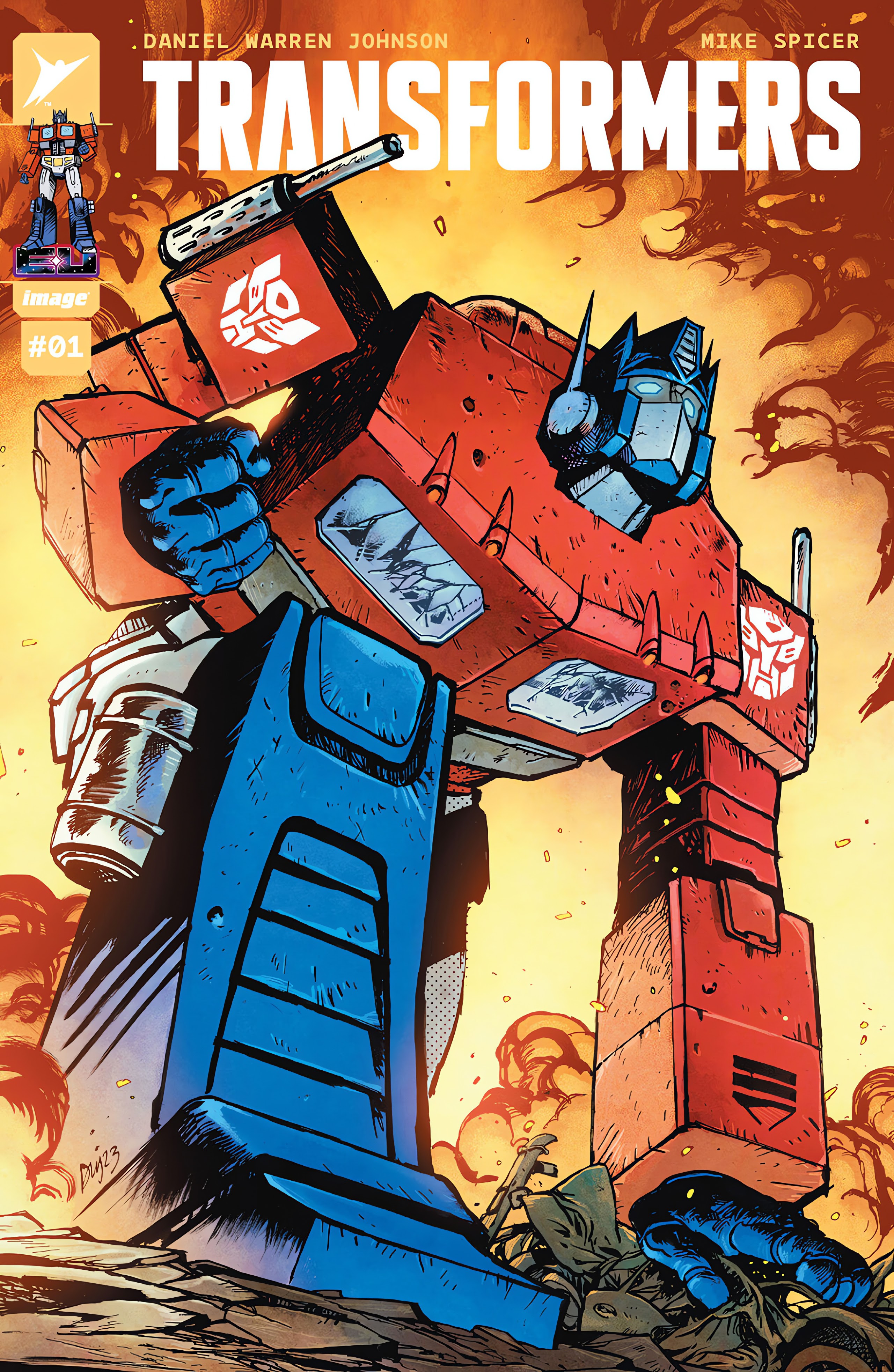
Meanwhile, manga is doing gangbusters and the number of crowd funded/independent successes continues to rise day in and day out.
For example, take Eric July’s Isom universe, Sean Gordon Murphy’s upcoming Zorro series, and even Rachel Smythe’s Lore Olympus — obviously they all differ in terms of quality and content, but they all definitely prove that there is still a general market for comic book stories.
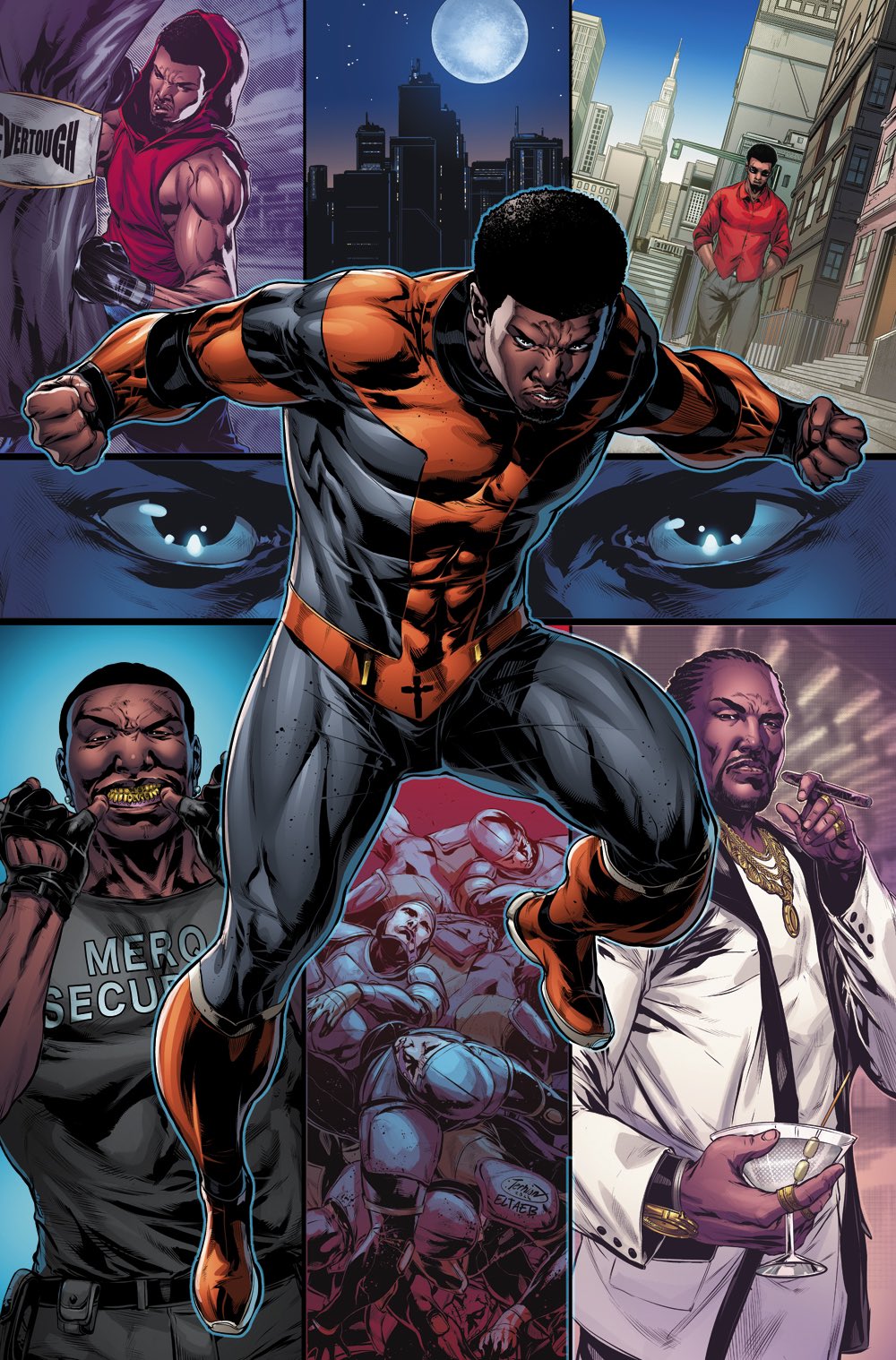
Besides the aforementioned, you can find a wide array of really amazing comics from small press publishers and self-publishers that you can just stumble into on instagram or in shops like Partners & Son; awesome Philly-based shop that carries tons of indie books — which is basically like a constantly running SPX.
I suppose the point I’d like to make is that ‘comics’ is a huge, expansive market that is no longer truly linked to the fate of neither the periodical comic nor direct market comic shops.
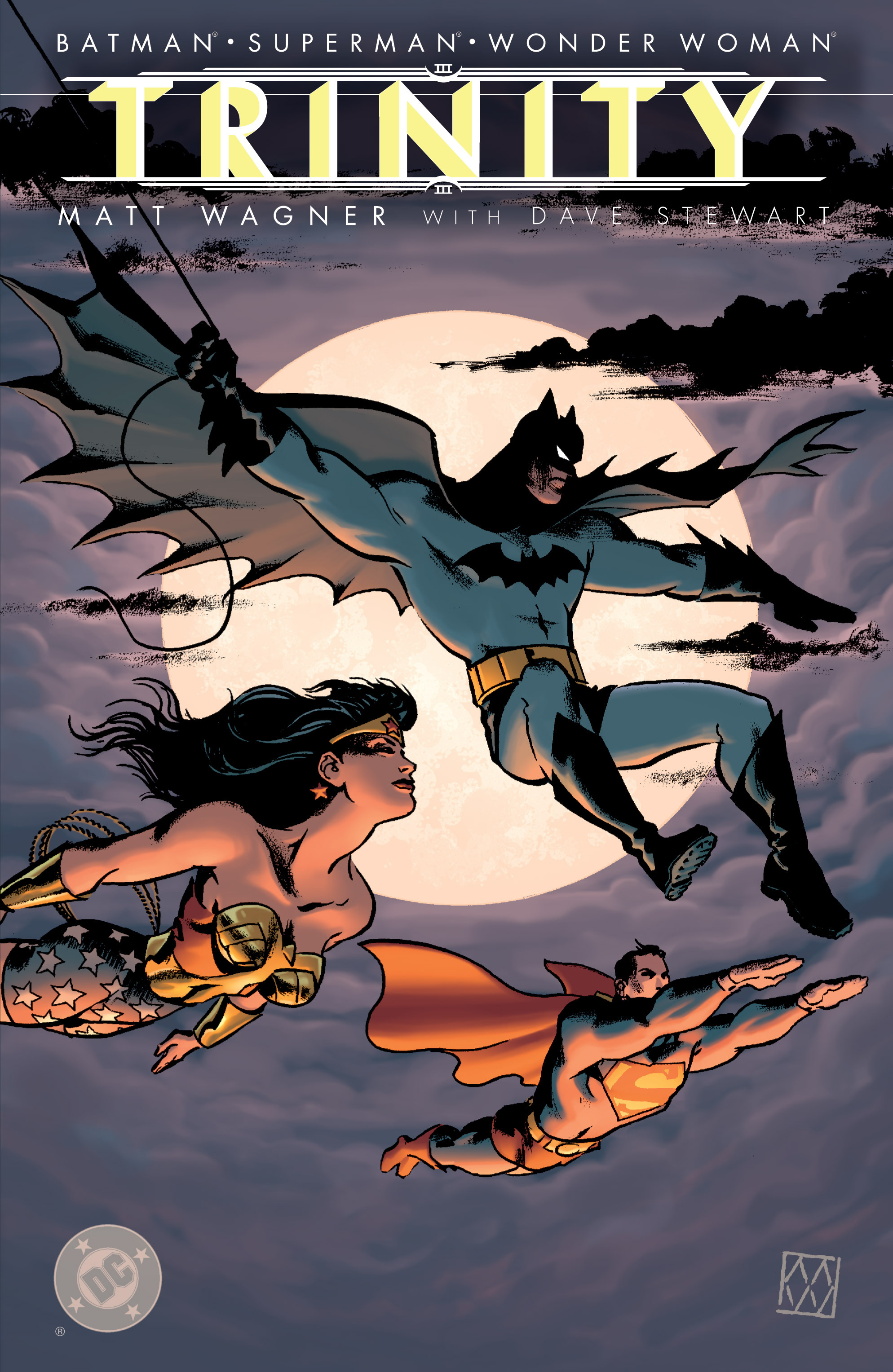
Personally, I like that the comic book market is shifting, I hope that Marvel & DC take a backseat as the drivers of the comics medium, I understand that will be painful for many, but looking at the development of the comics medium outside of the United States, we are the only country where comics and superheroes are synonymous, we’re the only place that has let an incredibly rich artistic medium be reduced to people in capes punching each other ad nauseam.
So my humble request to the doomsayers is to look around the wider world of comics and find something new — because, trust me, it’s there — and please, for the love of all that’s good and holy, try something that’s not about a superhero; try something new and different instead. There will be some recommendations at the end of this article. But first, a legend returns with a sequel to a book he made thirty years ago, and the results are… well, they’re something.
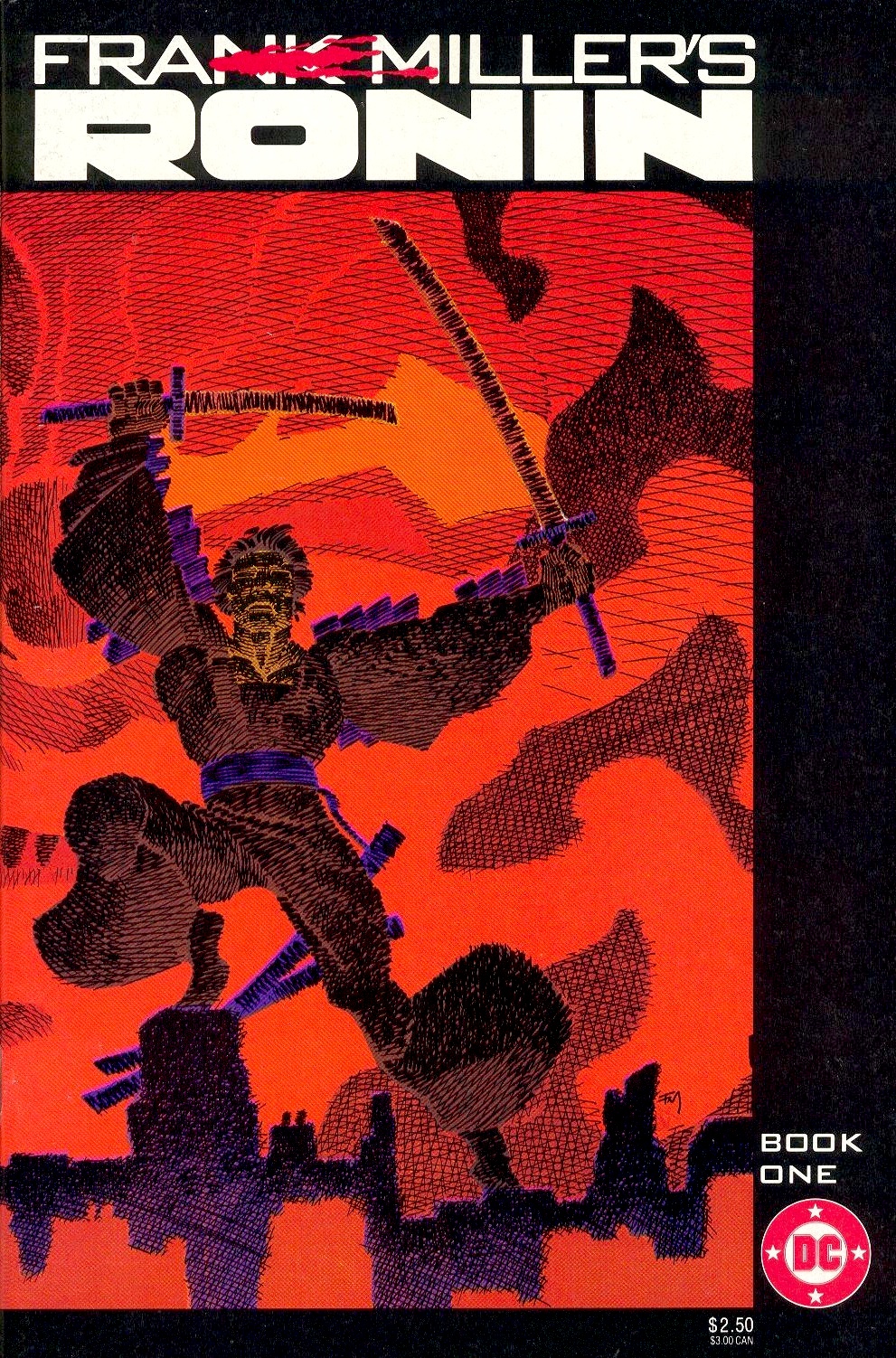
Reflecting on ‘Ronin‘
Frank Miller and Lynn Varley’s Ronin is one of those early influences on many comic artists today. At the time, Miller really extracted quite a deal out of DC to make the book, and it holds up in many ways. I still enjoy it and it’s prominent place in Miller’s catalogue.
You can see him taking what he was seeing in Lone Wolf and Cub and Moebius and trying to synthesize these influences with the American comics tradition. Most of my favorite artists do this — they take some of the pacing lessons of manga and European comics and marry them up with the American tradition.
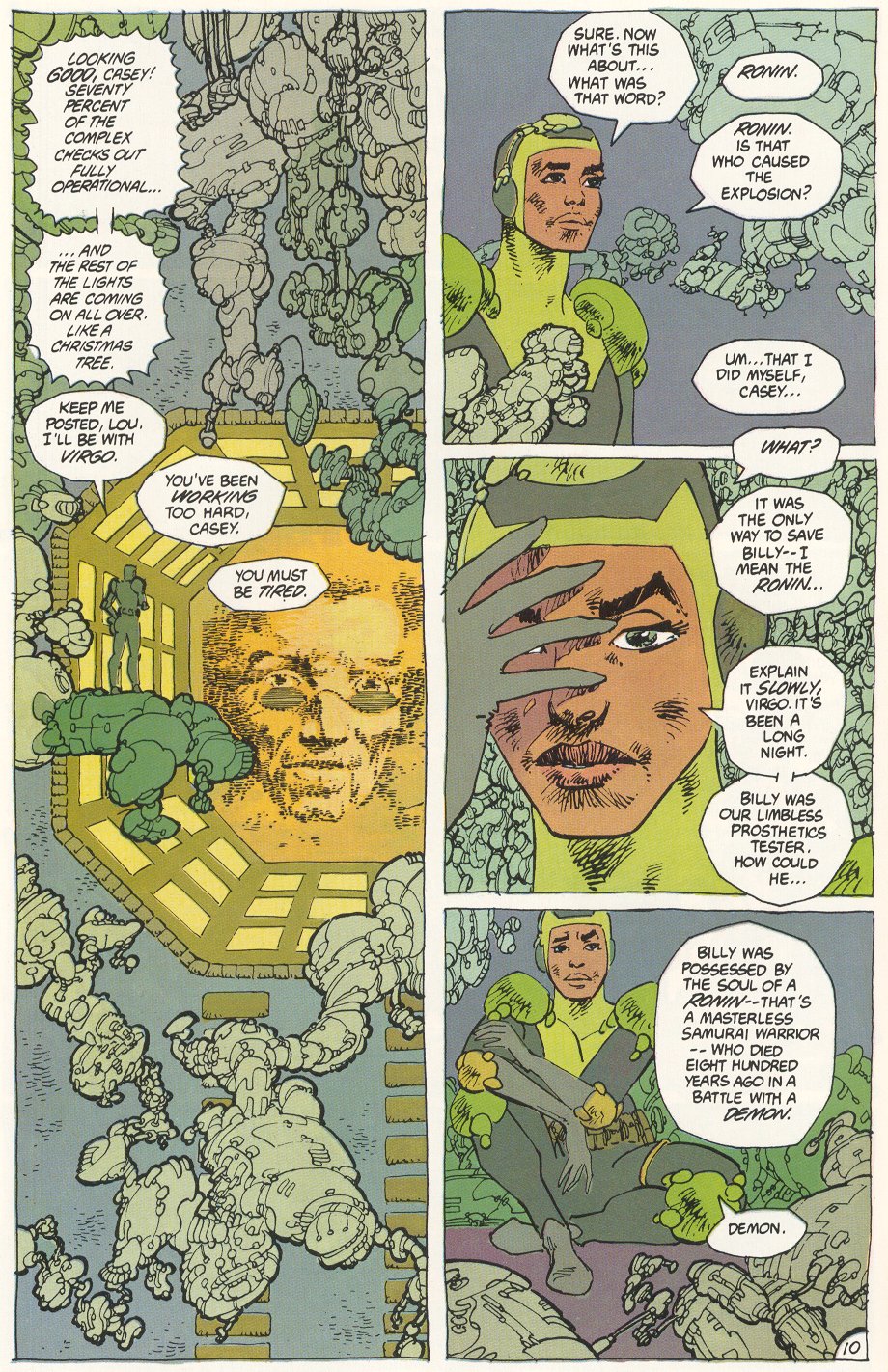
Ronin is also one of these books that feels like Miller is trying to make up his mind on the story with each issue — it has an internal logic that works itself out — but there are a number of questions that don’t necessarily get answered: is the demon ‘real’? Is the samurai? Is it all in Billy’s imagination or is it being implanted by Virgo? Does any of that matter?
It’s a wild book that gives a blueprint for where Miller’s future work eventually goes. There are pages within Ronin that feel like early Sin City, there’s even some of the rendering that gets used in The Dark Knight Returns and as well as the clean line style that he uses in Elektra Lives Again.
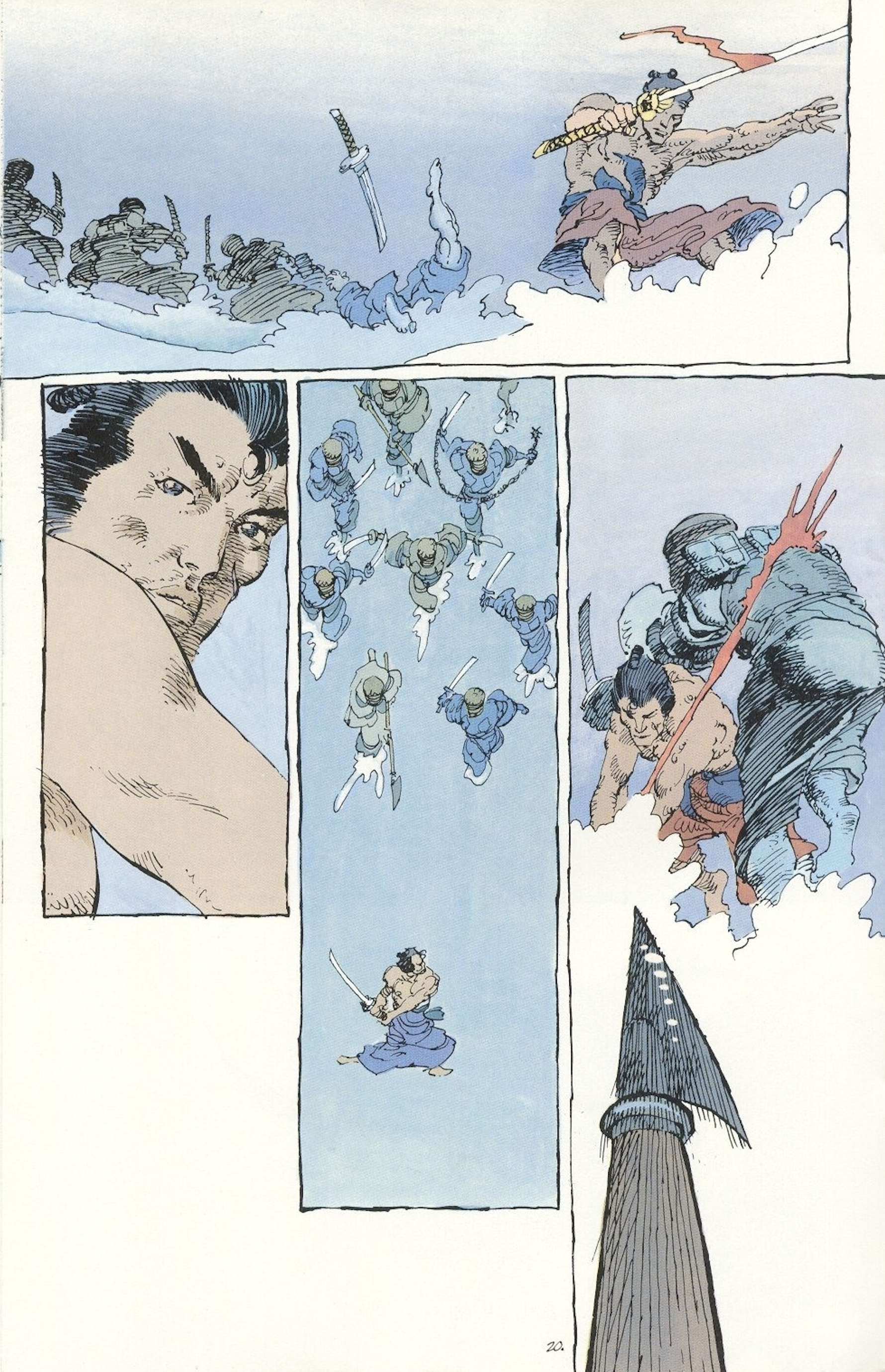
Lynn Varley stretches what she can do with paint and reproduction, giving fans a forecast of what eventually gets done in the aforementioned titles in addition to his epic 300. If you haven’t read Ronin you ought to, if only to consider it as an important building block for American comics art.
Does ‘Ronin: Book II‘ Live Up to Expectations?
Miller and DiDio launched Frank Miller Presents with Ronin: Book II as the launch title this year. Miller is on a pedestal for me and I will already automatically read whatever he puts out (I’m the guy who will defend Holy Terror, one of the rawest reactions to 9/11 that’s out there, and I think for that reason it serves as a good reminder of the emotion of the country at a specific moment in time). So, I’ve been picking up each over-priced issue and I’m still trying to decide if it’s worth reading in the eventual trade or if it was a swing and a miss.

First off the bat, Phillip Tan’s art is highly rendered and exciting in its own right, but I can’t help to just want the raw Miller layouts inked over (which does happen in issue 4 and I think will happen for the final issue). There’s something to seeing some very obvious Miller-isms and the finish just not quite lining up.
I know many hate Miller’s modern artwork but (1) go f*** yourself you’re wrong, and (2) it tracks with where’s he been going over the years.
Miller’s style has progressively simplified, moving towards more cartoonish forms and shapes, stripping away the superfluous. This approach echoes Hugo Pratt’s evolution with Corto Maltese, where a significant stylistic shift can be observed from the first to the last volume. Given Pratt’s considerable influence on Miller, it’s not surprising to see Miller adopting a similar path in his work.

One criticism I have relates to the color treatments in some of Miller’s Marvel covers, as well as in his 300 follow-up, Xerxes. The issue lies in the coloring approach, which often assumes a standard Marvel/DC house style, failing to adapt to Miller’s distinctive techniques. I believe a different coloring approach, which I experimented with in a recoloring project, would better complement and enhance Miller’s unique style.
I want to digress briefly into the color and Miller; specifically his split from Lynn Varley which obviously caused problems on that front. As much hate as Dark Knight Strikes Again got upon release (and still gets), I think what Lynn did with that book holds up aesthetically and furthers and deepens the meaning of it. She generally was laying down flat colors with occasionally heavy render jobs to emphasize a point (think the Metropolis sequence) or she’s throwing in these bizarre bleeding-edge digital backgrounds and effects (some of which I still wonder how she created) that marry up nicely with the techno-spying hellscape of the world.

Where Ronin used these sickly greens and yellows to give it a wretched vibe for the techno-setting, in DKSA Lynn uses the digital coloring medium to reflect that to the reader. Am I possibly reading too much into it? Sure, but what the hell else is the point in engaging with art?
So naturally, with Lynn out of the picture, for Ronin: Book II is black & white, and where Ronin more embraced the European aesthetic with its finishes, Ronin: Book II is almost exclusively drawing from the manga tradition with the pace almost feeling like the Dragon Ball Z anime. This book is slow as a glacier, but it’s deliberate about it.
Protagonist Casey rocks around in a shield sphere while another character, Aquarius, crumbles around her through the entirety of issue 5. It’s almost wholly double-page spreads, in fact almost all of the book is presented in that way. I’m still wondering if the eventual collection will be formatted similar to 300 or Xerxes for that reason. On the other hand, doing that would detract from the obvious desire for the book to fit within the manga space.
The story is… thin. I feel like Miller has positioned the antagonist Virgil more explicitly as a representative of the tech-eco-humanity-must-die culture, but that could just be my projection. There’s something in here about new generations taking over for the old (a theme he explores in DKR, the Dark Knight book he did with Grampa, and in DKIII) both on the hero Billy’s side (the son of the Ronin and Casey, who has a power set that basically makes him Akira), and on the other hand, Virgil is trying to spawn an army of her own by feasting on the remains of New York and in a rather bizarre sexual sequence that goes over a few issues she both impregnates herself with the Ronin and then has to do it again.

It’s right in line with Möebius and Jodorowsky’s Madwoman of the Sacred Heart for kinks. It’s just an odd book that breezes by, I wonder if the issue experience is the right way to read it considering how little “progression” is made per issue, it feels akin to Darrow’s Shaolin Cowboy where the ‘plot’ is very much secondary to the visual majesty on display.
To me that’s what Ronin: Book II is, it’s an exercise in visual excess and an experiment in pacing. Miller uses the narration rhythm that he’s been deploying for the last few books, lots of repeated phrases, and sometimes it feels like there’s just word balloons just for the sake of having a word on the page, until you realize that reading those few words have kept you in the page much longer than you may have stayed otherwise — forcing you to stay on there for longer and appreciate the art on display. Which leads me back to the art.
Phillip Tan and Daniel Henriques do a great job with the Miller layouts and they definitely hit the ‘visual feast’ mark that the book requires. However, the FMP instagram was frequently posting Miller’s layouts — and I was always wondering what this book would look like had it just been 1 for 1 his layouts. Tan changes and embellishes a ton adding plenty of detail and filigree that aren’t suggested in those layouts.

For issue four of the series, the book finally delivers on that request, and it’s makes for an interesting comparison point. Henriques inks and tones it and he uses a pretty chunky brush on it and at times I feel like he’s afraid to take it “all the way there” with regards to spotting blacks, but he does an admirable job with what are (based on what’s available online and in print) pretty loose layouts. And it’s really neat to see.
To me the Miller issue works more simply because it makes it more visually of-a-piece with the original Ronin, and sort of like how Dark Knight 3: The Master Race, doesn’t feel of a part with DKR or DKSA because Andy Kubert isn’t Miller, which isn’t a dig on Andy (who’s a favorite of mine) but with Miller there are things that he writes that just feels off without him doing the art.
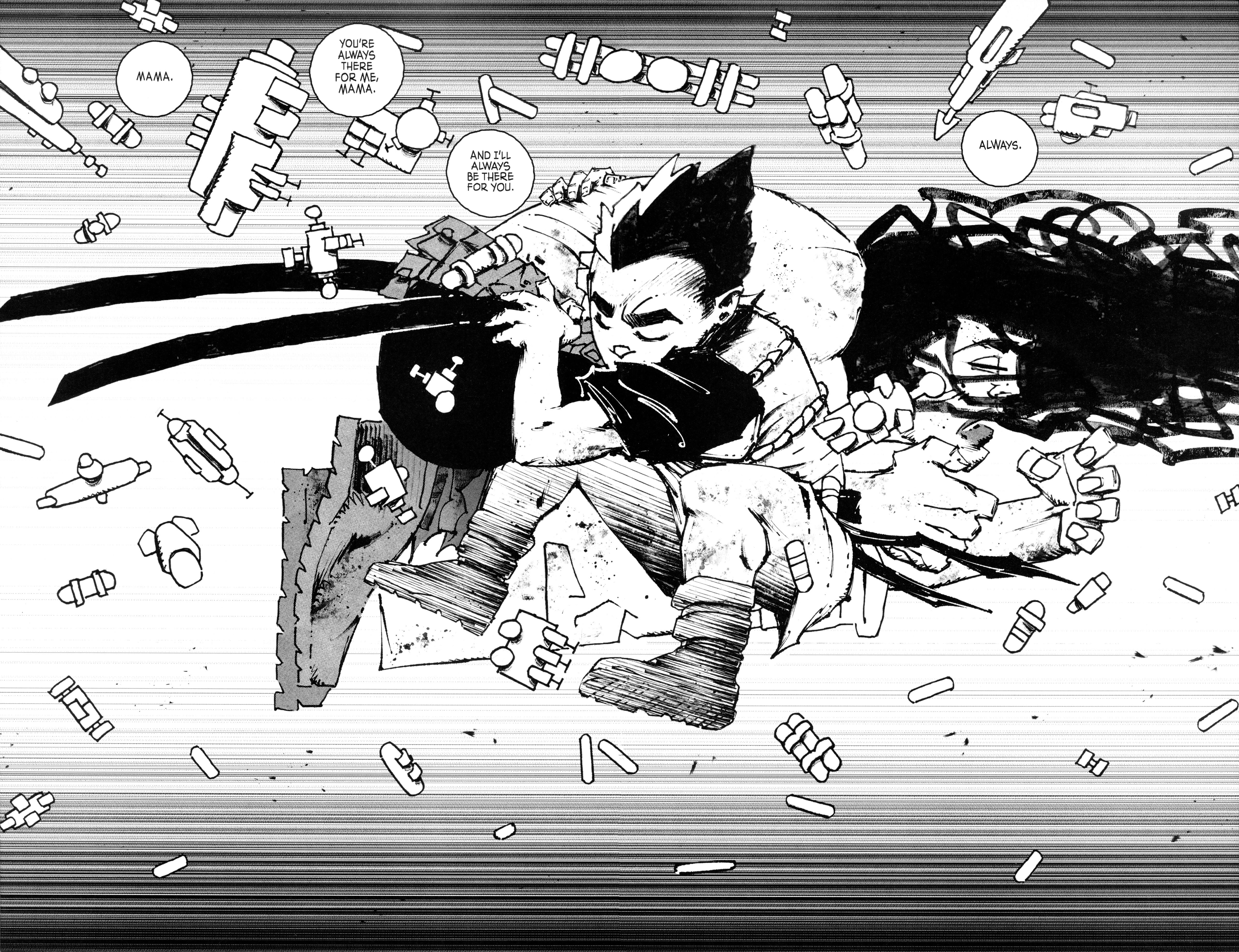
Overall, Ronin: Book II is overall an odd experiment. I’m not sure the story is much of anything, yet the art is cool and the issue that’s fully Miller is nice to see. Will it stand the test of time like Ronin did? I don’t believe so, but I also don’t see Xerxes becoming comics cannon like 300, nor do I see DK3 being remembered like DKR.
I think Miller has made enough masterworks that he’s allowed to do weird experiments at this point, and if you’re into an odd foray into extended storytelling — have at it. If you’re not that sore a Miller completionist — maybe just wait and see what he does with the new Sin City book that’s supposed to be coming out.
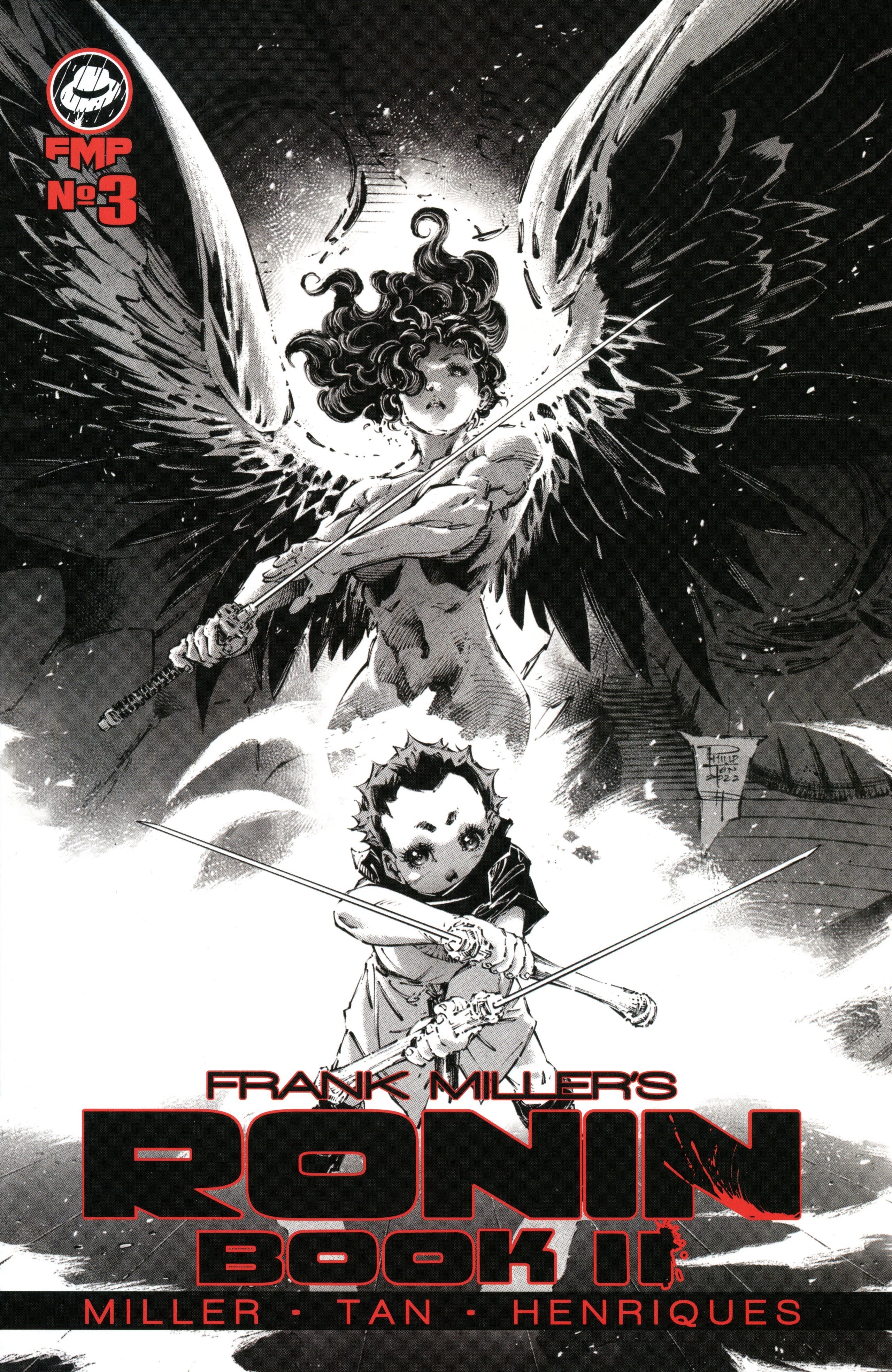
Things to Read
Blood of the Virgin by Sammy Harkham: I LOVED this book. Sammy Harkham is a master cartoonist, his characters are wonderfully expressive, he can play every end of the emotional spectrum, it’s humorous, there’s drama, it’s an adult book with adult themes. The book follows Seymour as he is thrown into directing a B-horror movie in 1971.
It tracks his professional life navigating Hollywood and his home life with a new born son and a perpetually disappointed wife. Two people who wound up together and are struggling to make a family work as they are both torn by different passions and their own failures.

There are two incredible self contained stories within the book, one is the rise of a film producer, Joe, that’s told in full color, as he travels through silent film to sound to color in the films he’s making. It’s a summation of what Seymour is incapable of — the clawing and scraping and backstabbing necessary to climb the ladder.
Later a sequence featuring Ida’s mother’s escape from the Holocaust is a silent 12-page sequence that hits incredibly hard. The book is a look into the film industry, adult life and the compromises that must be made for it, and the general faults and failures we all suffer with. It’s just a really well done book and worth your time.
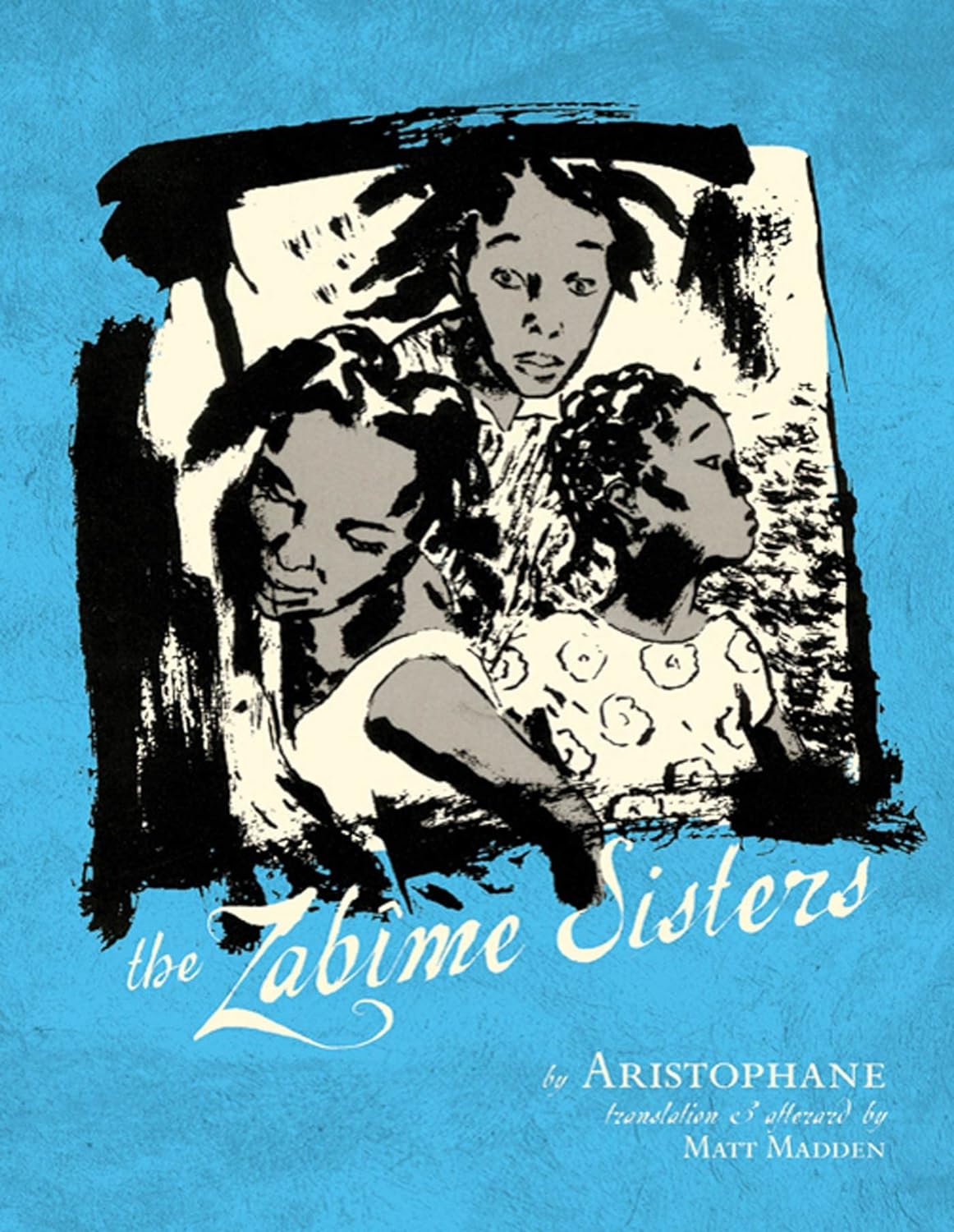
The Zabime Sisters by Aristophane: Set in Guadeloupe it follows a trio of sisters as they go about their day, there’s an experience with alcohol, a fight on school grounds, and some general wandering about.
Aristophanes art is expressive and manages to give you enough specificity with locations to give you a sense of place. It’s a pleasant read and a nice slice of life type story.

Ultrasound by Conor Stechschulte: Weird sci-fi drama, there’s mind control, pregnancies, cuckolding, and political intrigue. It’s a well told story and Conor uses some tools that only the comics medium provides to enhance the story.
In many scenes there are multiple colors of panels laid over one another so you’re constantly guessing at what is reality and what is not.
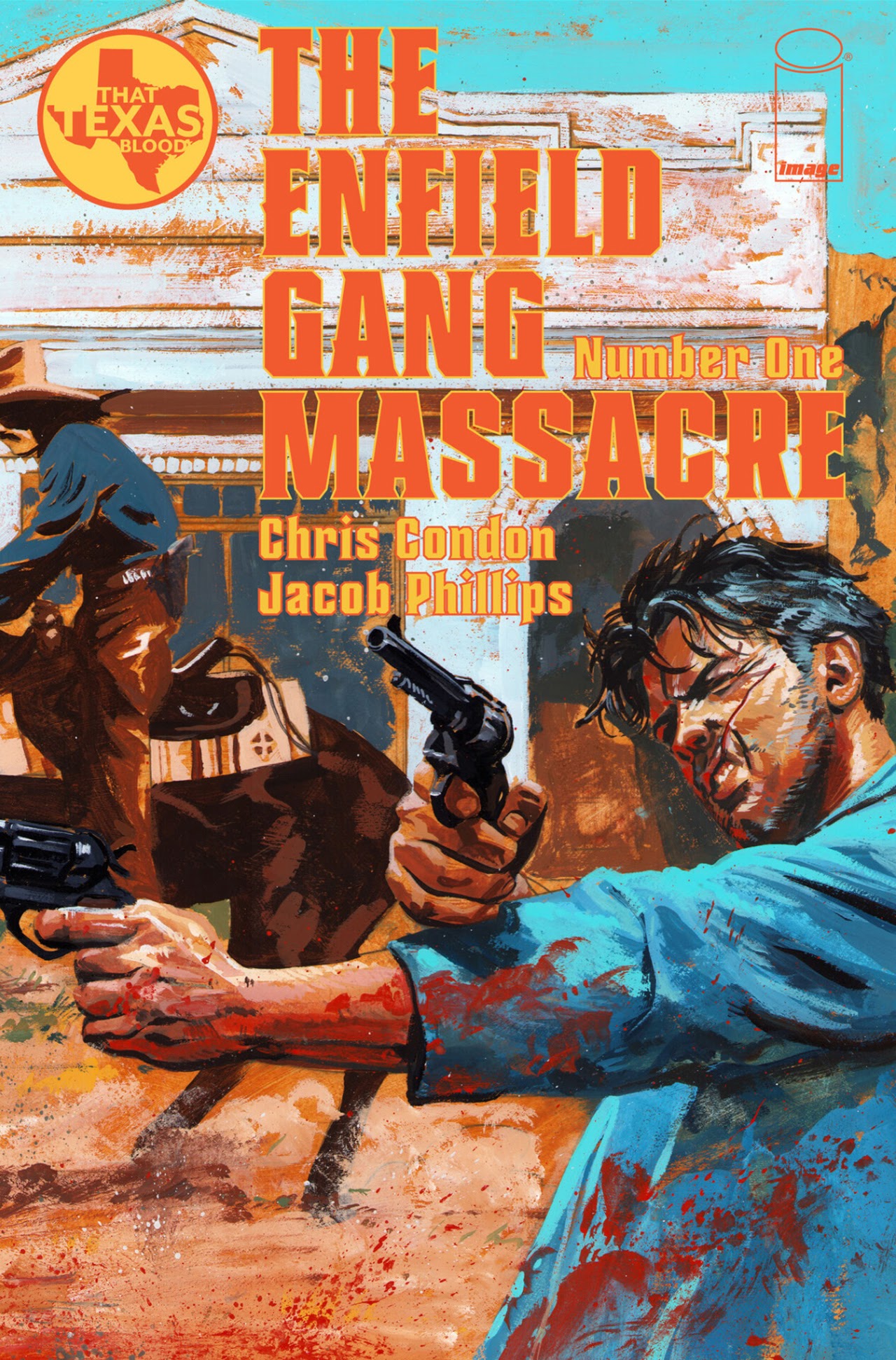
And my more mainstream recommendation is… That Texas Blood: The Enfield Gang Massacre by Chris Condon and Jacob Phillips: The current arc is just about to wrap up and it’s a nice true western. The single issues are worth buying for the pulpy paper stock choice which backs-up the tone and mood of the story, and Condon’s back matter helps deepen the story that precedes it.
It’s a simple tale told well, and unlike Brubaker and Phillips’ Pulp, which promises a western but delivers 1940s noir, this one promises a western and delivers a western.
NEXT: Battaglia’s Drawing Board: ‘The Killer’, Martin Scorsese, And A Fantasy Frog Adventure
More About:Books

